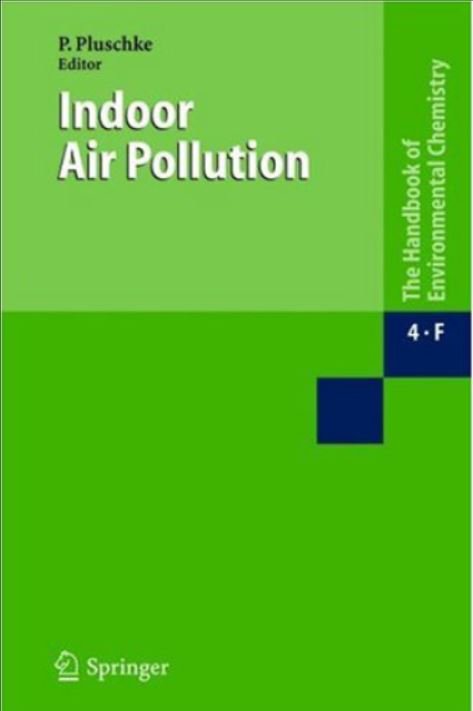E-Books:Indoor Air Pollution
3 min readEnvironmental Chemistry is a relatively young science. Interest in this subject, however, is growing very rapidly and, although no agreement has been reached as yet about the exact content and limits of this interdisciplinary discipline, there appears to be increasing interest in seeing environmental topics which are based on chemistry embodied in this subject. One of the first objectives of Environmental Chemistry must be the study of the environment and of natural chemical processes which occur in the environment.A major purpose of this series on Environmental Chemistry, therefore, is to present a reasonably uniform view of various aspects of the chemistry of the environment and chemical reactions occurring in the environment.The industrial activities of man have given a new dimension to Environmental Chemistry.We have now synthesized and described over five million chemical compounds and chemical industry produces about hundred and fifty million tons of synthetic chemicals annually.
We ship billions of tons of oil per year and through mining operations and other geophysical modifications, large quantities of inorganic and organic materials are released from their natural deposits. Cities and metropolitan areas of up to 15 million inhabitants produce large quantities of waste in relatively small and confined areas.Much of the chemical products and waste products of modern society are released into the environment either during production, storage, transport, use or ultimate disposal. These released materials participate in natural cycles and reactions and frequently lead to interference and disturbance of natural systems. Environmental Chemistry is concerned with reactions in the environment. It is about distribution and equilibria between environmental compartments. It is about reactions, pathways, thermodynamics and kinetics. An important purpose of this Handbook, is to aid understanding of the basic distribution and chemical reaction processes which occur in the environment. Laws regulating toxic substances in various countries are designed to assess and control risk of chemicals to man and his environment. Science can contribute in two areas to this assessment; firstly in the area of toxicology and secondly in the area of chemical exposure. The available concentration (“environmental exposure concentration”) depends on the fate of chemical compounds in the environment and thus their distribution and reaction behaviour in the environment. One very important contribution of Environmental Chemistry to the above mentioned toxic substances laws is to develop laboratory test methods, or mathematical correlations and models that predict the environmental fate of new chemical compounds. The third purpose of this Handbook is to help in the basic understanding and development of such test methods and models.
Table of Contents
Volatile Organic Compounds in Indoor Environments
G.A. Ayoko . . . . . . . . . . . . . . . . . . . . . . . . . . . . . . . . . . 1
Emissions of Volatile Organic Compounds from Products
and Materials in Indoor Environments
T. Salthammer . . . . . . . . . . . . . . . . . . . . . . . . . . . . . . . . 37
Adsorption and Desorption of Pollutants to and from Indoor Surfaces
B.A. Tichenor . . . . . . . . . . . . . . . . . . . . . . . . . . . . . . . . 73
Sources and Impacts of Pesticides in Indoor Environments
W. Butte . . . . . . . . . . . . . . . . . . . . . . . . . . . . . . . . . . . 89
Indoor Particles, Combustion Products and Fibres
L.Morawska . . . . . . . . . . . . . . . . . . . . . . . . . . . . . . . . . 117
Indoor Air Pollution by Microorganisms and their Metabolites
H. Schleibinger · R. Keller · H. Rüden . . . . . . . . . . . . . . . . . . . 149
Sensory Evaluation of Indoor Air Pollution Sources
P.M. Bluyssen . . . . . . . . . . . . . . . . . . . . . . . . . . . . . . . . 179
Biomass Smoke and Health Risks – The Situation
in Developing Countries
K. Balakrishnan · P. Ramaswamy · S. Sankar . . . . . . . . . . . . . . . 219
Strategies for Healthy Indoor Environments – a Chinese View
J. M. Hao · T. L. Zhu . . . . . . . . . . . . . . . . . . . . . . . . . . . . . 241
Subject Index . . . . . . . . . . . . . . . . . . . . . . . . . . . . . . . . 265




